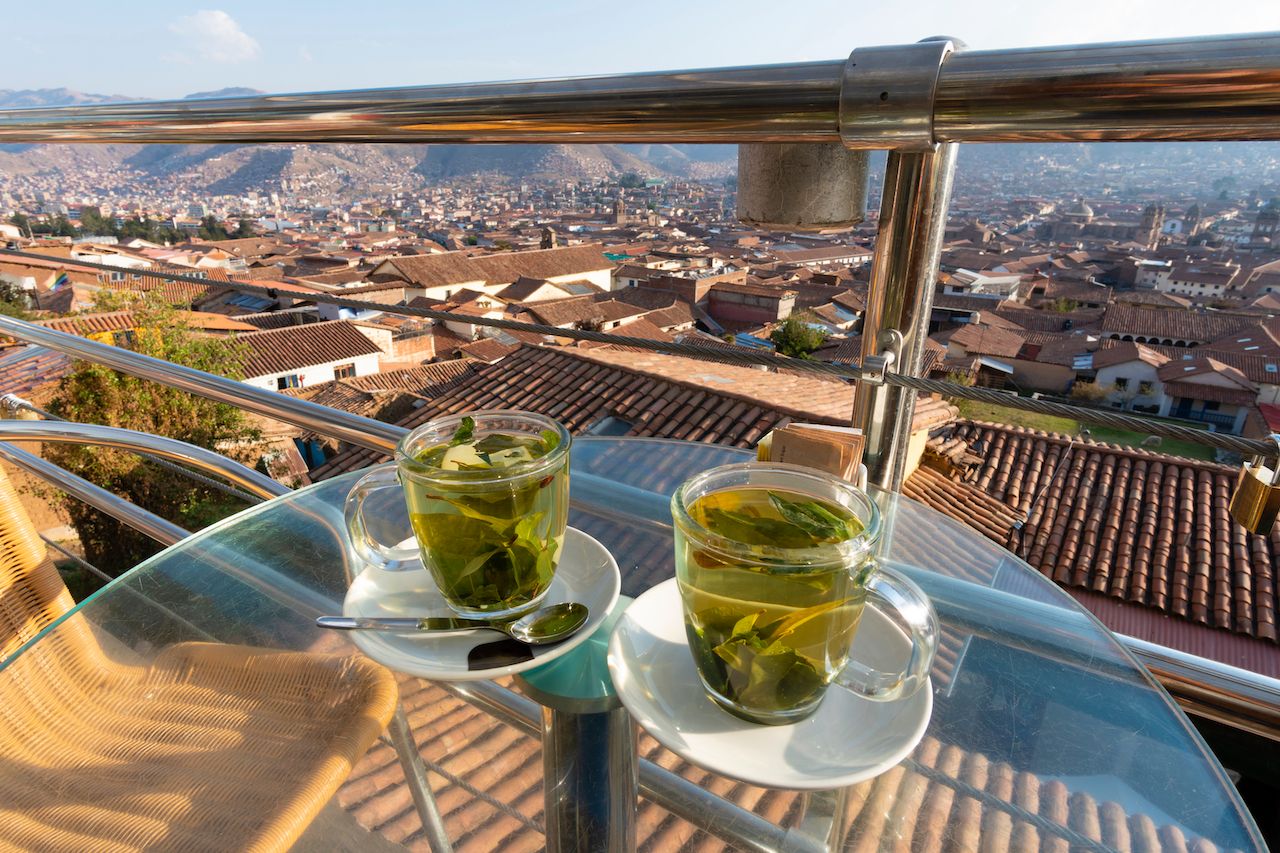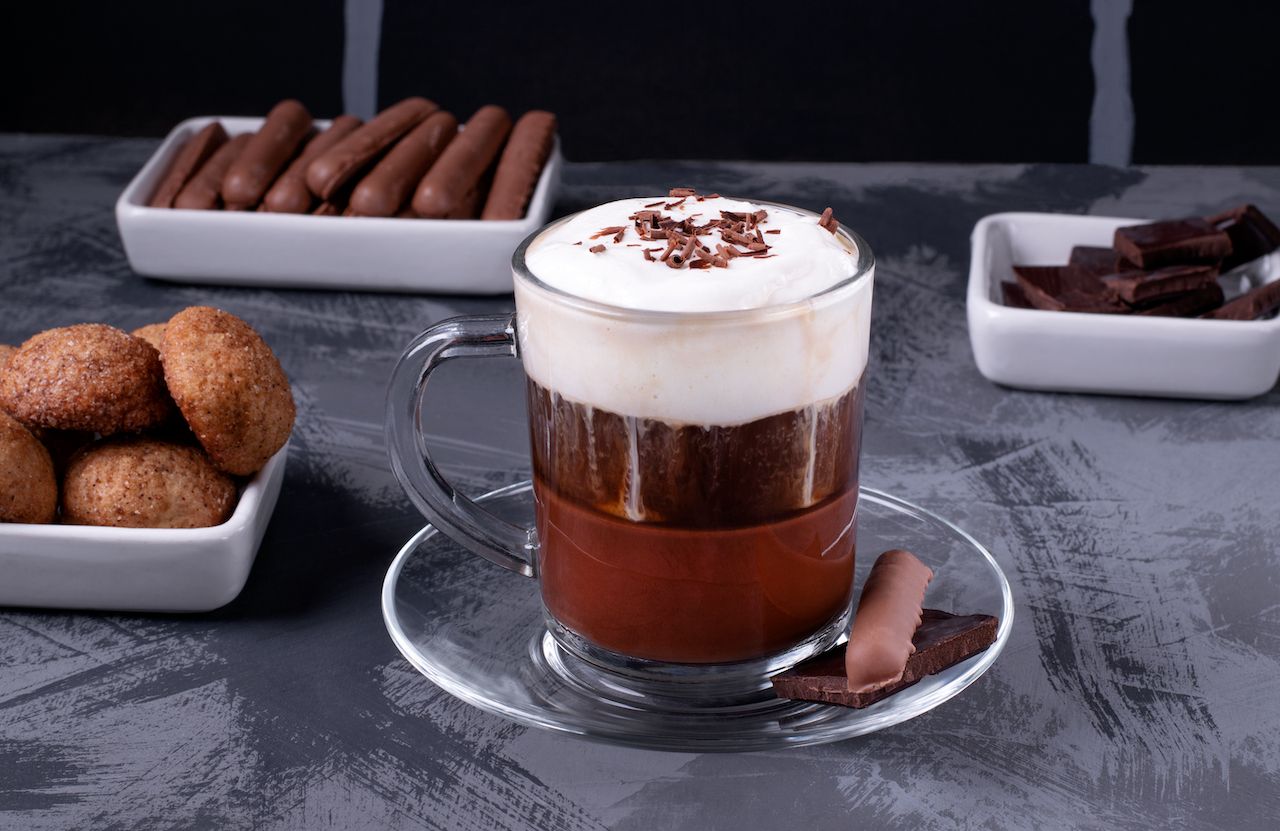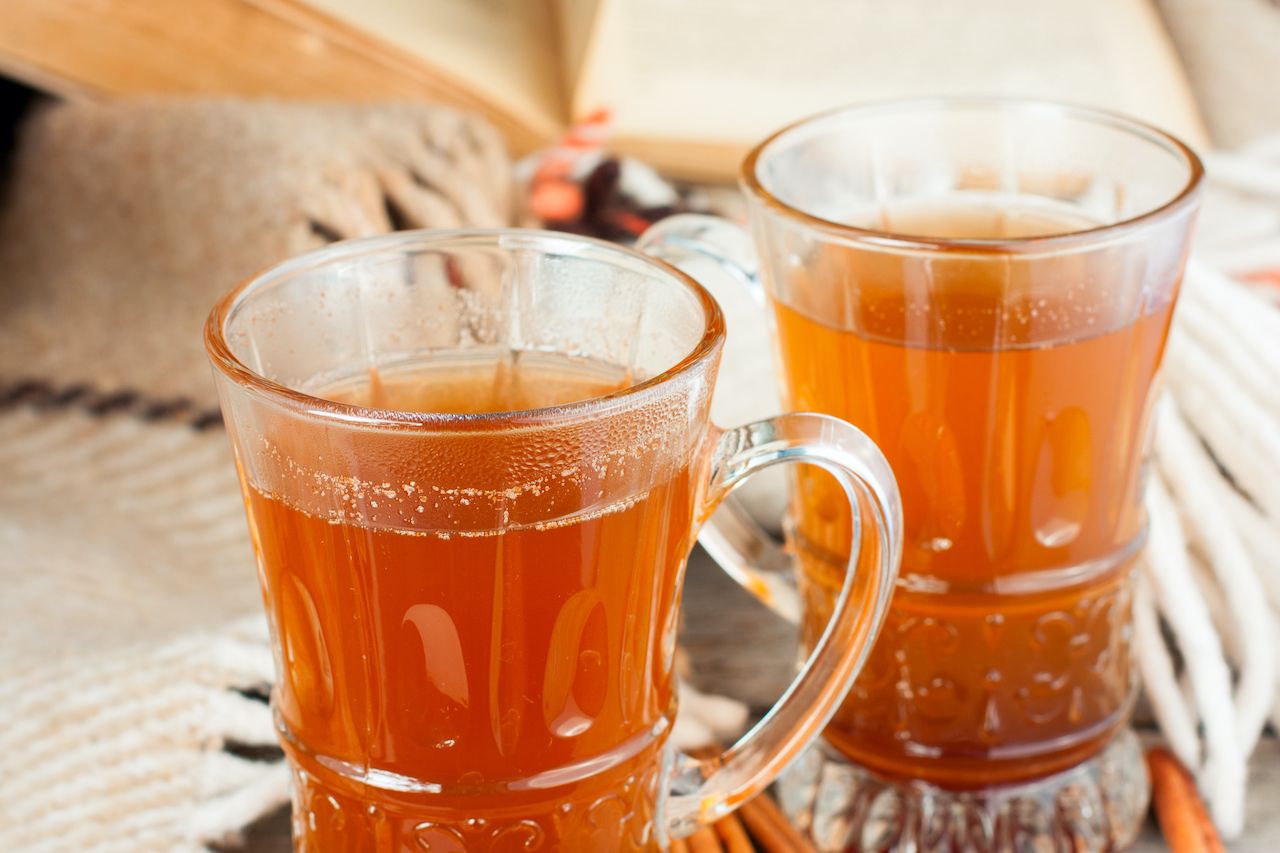Coca tea: Argentina, Bolivia, Ecuador, Peru

Photo: ymgerman/Shutterstock
Greenish-yellow in color and with a slight bitter taste, the tea made from dried coca leaves will help you acclimate to the Andes; perfect for conquering altitude sickness, it helps with muscle aches, exhaustion, headaches, and more.
It’s another possible aphrodisiac, helps with digestive and bowel disorders (I guess that makes sense; bowel disorders are definitely not sexy), and it’s also thought to improve longevity. But don’t bring leaves home with you; they are a restricted substance in many places.



